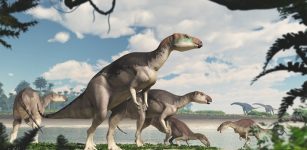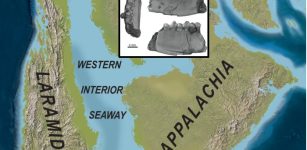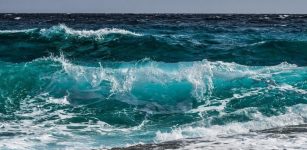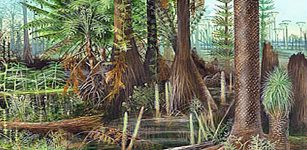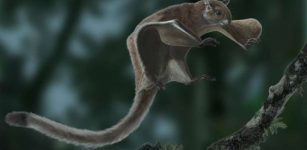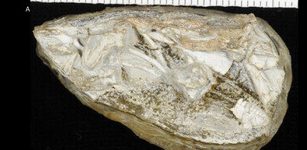Unique Underwater Video: Thousands Of Red Crabs Swarming In Low-Oxygen Waters
MessageToEagle.com – While studying biodiversity at the Hannibal Bank Seamount off the coast of Panama, a research team has captured unique video of thousands of red crabs swarming in low-oxygen waters just above the seafloor.
“When we dove down in the submarine, we noticed the water became murkier as we got closer to the bottom,” Jesus Pineda, a biologist at Woods Hole Oceanographic Institution and lead author of the paper, said in a press release.
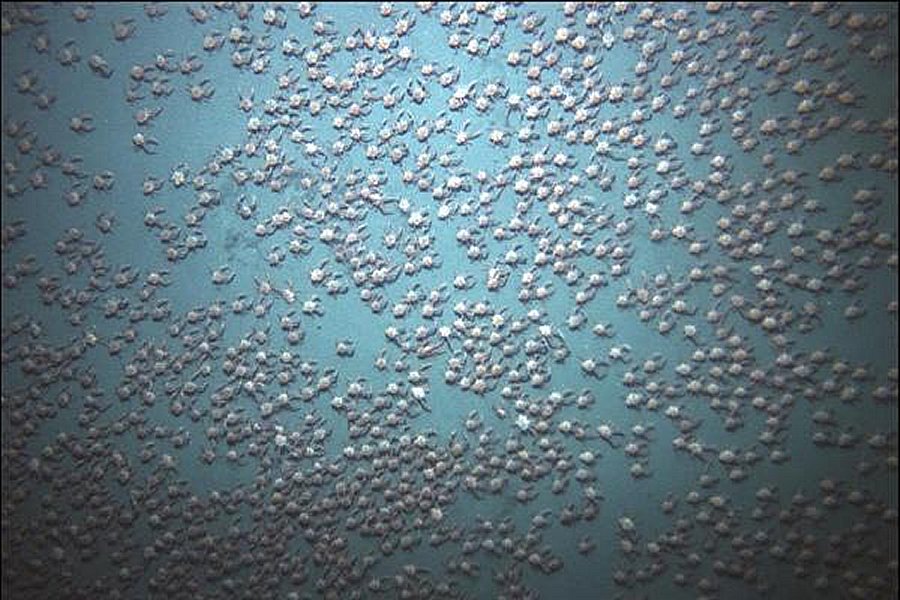
“There was this turbid layer, and you couldn’t see a thing beyond it. We just saw this cloud but had no idea what was causing it.”
“As we slowly moved down to the bottom of the seafloor, all of the sudden we saw these things,” he continued. “At first, we thought they were biogenic rocks or structures. Once we saw them moving—swarming like insects—we couldn’t believe it.”
The crabs were later identified by DNA sequencing as Pleuroncodes planipes, a species abundant in Baja California Gulf of California, and the California Current.
“No one had ever found this species that far south,” Pineda said. “To find a species at the extreme of their range and to be so abundant is very unusual.”
This fascinating and unexpected encounter took place along the Northwest flank of the Hannibal Bank Seamount at depths of 355 to 385 meters (approximately 1,164 to 1,263 feet) in an area of “hypoxic” (low oxygen level) water.
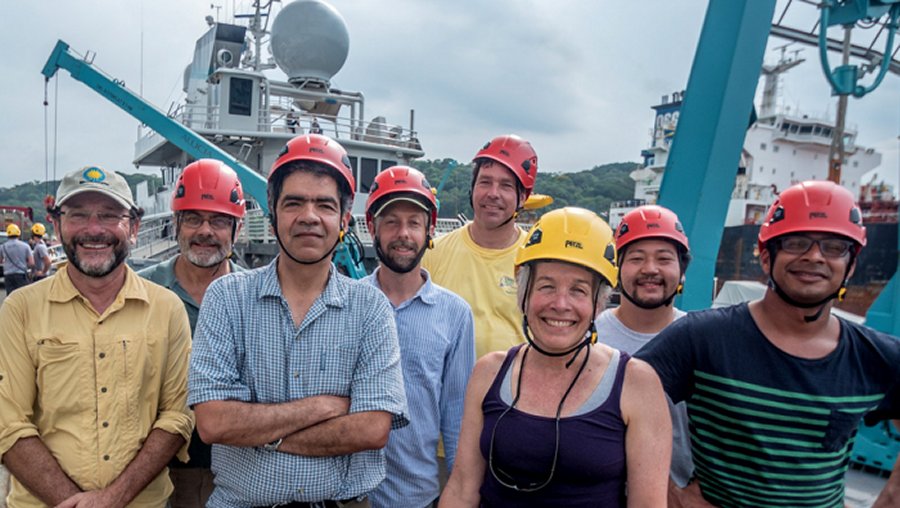
Researchers were diving in the manned submersible Deep Rover 2 on the last diving mission of the month-long expedition in April 2015.
“These crabs have been detected before in similar low oxygen conditions,” Pineda said. “It could be that these low oxygen waters provide a refuge for this species from predators.”
The researchers describe their findings in a paper published April 12, 2016, in the journal PeerJ.
MessageToEagle.com
Expand for references


